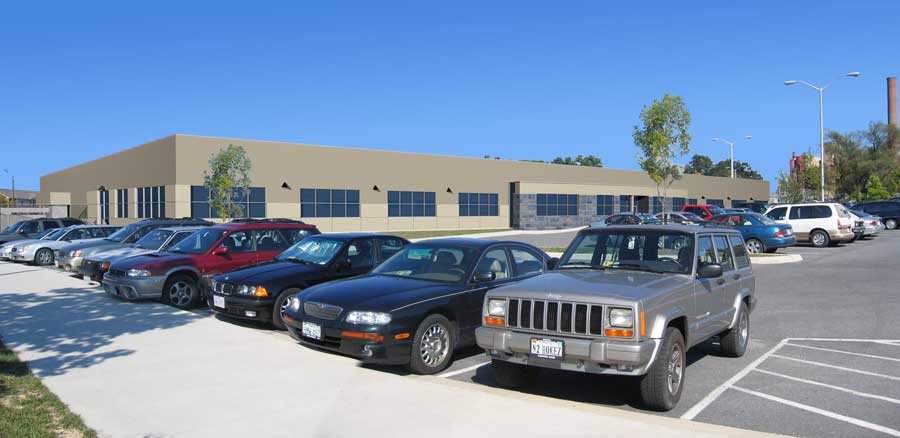Temporary building to be erected to speed campus renovations

A surge space building, which will temporarily house academic departments while existing buildings undergo renovation, will be constructed at the edge of the Virginia Tech campus starting this fall. This will facilitate the renovation of several on-campus buildings, said University Architect Scott Hurst.
The 45,000 square-foot surge building will be placed on the parking lot on Turner Street near the intersection with Prices Fork Road. Hurst estimates that actual construction time will "probably be less than nine-months."
"As we do renovations on campus, beginning with Cowgill Hall in summer 2007, we need someplace to put students and faculty members," said Dixon Hanna, associate provost. "It was not possible to rent space that would meet our needs without costly renovations, so we decided to build a temporary building."
Hanna said the concept came from James Hyatt, executive vice president and chief operating officer, who used a surge building at the University of California at Berkeley to solve renovation scheduling problems.
The surge building will be a pre-engineered steel frame, single story building with its exterior clad in metal panels and precast concrete-like panel accents. Although it is designed to be disassembled and recycled in 10 or 15 years, a bowed entrance will have a Hokie Stone façade. "We want it to be clear it is a campus building and to make a nice impression on people driving up Perry Street," said John R. Lawson II, who chairs the board of visitor's buildings and grounds committee.
The building will have one 2,800 and two 1,600 square foot classroom areas, 23,000 square feet of space dedicated to other classrooms or studio classes, and office spaces. Once Cowgill renovations are complete, then classes and offices for several other academic units will be moved to the surge building, Hanna said.
Hayes, Seay, Mattern and Mattern (HSMM) is the architectural firm preparing the design. The project will be completed using a traditional design-bid-build approach, Hurst said. The plan is to bid the construction this summer and begin construction early this fall.
"The pre-engineered type of structure should be quick to build and will meet our needs," said Vinod Ghoting, director of Capital Design and Capital Construction.
"Renovating existing space to new-age use is a component of the master plan," said Kurt Krause, vice president for business affairs. "We are facing four or five years of renovations and this flexible space will allow us to meet many kinds more cheaply than constantly refurbishing rented space. It is also closer so we don't have to send students off campus."
The surge building will displace 198 of 384 parking spaces in an area reserved for student parking. Some 335 additional parking spaces are being added along Smithfield Road.
"We recognize there are parking issues that the surge building will complicate," said Krause. "The staging area for the surge building will actually require the entire parking lot for almost a year. In the meantime, the Durham lot will also be closed for construction of the ICTAS-1 building. We are working on a long-term solution," he said. That solution could be a 1,000-space parking garage and a transit center in the Perry Street lot behind Cowgill Hall. "But that is three or four years away and, while it is physically doable, it is financially challenging."




